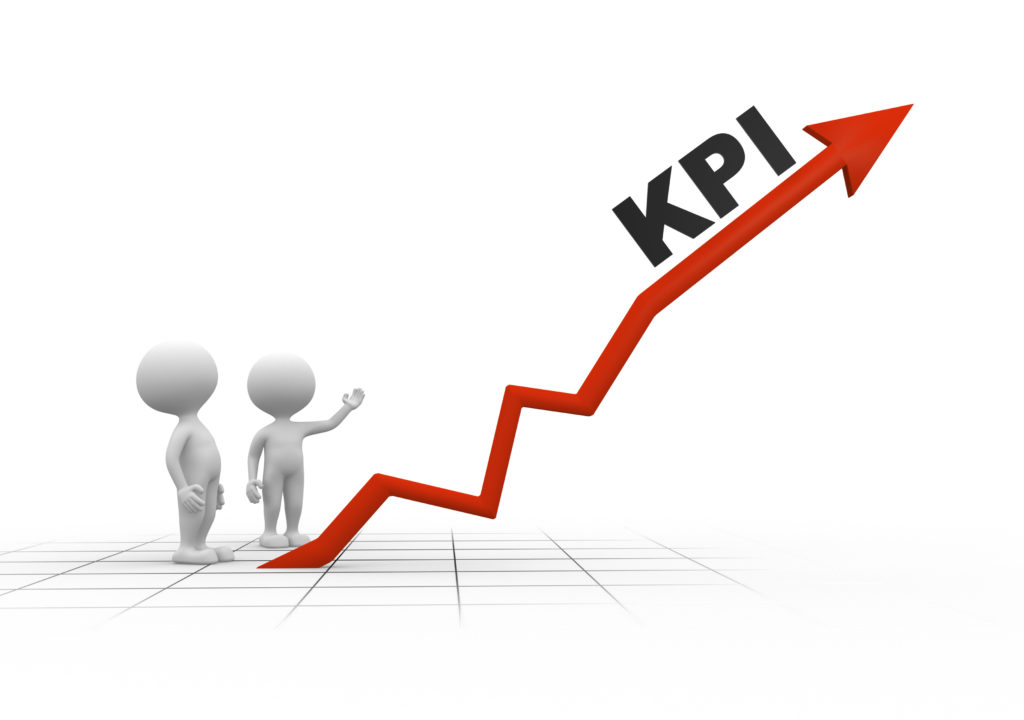Key Performance Indicators and Your Business
Key Performance Indicators, also known as KPIs, are core measurements that businesses use to monitor progress toward achieving goals and targets. KPIs, which vary widely by industry and entity structure, can be used to monitor and track all aspects of a business. Management teams pay close attention to KPIs, looking for anything out of line that indicates action is required. In this two-part series on KPIs, we’ll look at the difference between KPIs and metrics, methods for choosing KPIs, how to define KPIs and the best ways to track and communicate findings.
Metrics versus KPIs: What’s what?
KPIs and metrics are often conflated because all KPIs are metrics, but not all metrics can (or should) be considered KPIs.
Metrics are data driven, quantifiable measures that track performance. Created from data compiled periodically (such as accounting-based metrics) or continually from a live data source, metrics allow businesses to monitor progress toward achieving goals and objectives.
How to determine which metrics qualify as KPIs?
Peter Drucker, one of the most widely influential thinkers on the subject of management theory and practice, wrote “What gets measured gets managed.” As such, not every metric is truly “key” for your business. If you treat all metrics as equal and don’t differentiate between what really matters, then nothing will stand out and you’ll manage everything equally. This is why it is critical to select the metrics most important to you and your business and designate those as your KPIs.
Metrics Still Matter
Your KPIs might be your most important metrics, but this doesn’t mean the other metrics don’t matter. When something goes awry with one of your KPIs, you’ll need to dig into other metrics to understand the problem, identify the root cause and correct course.
Mirror, Mirror on the Wall: Who’s Performing Best of All?
Not everything your business gauges will be an accurate measure of performance. Metrics that feel good to track but don’t have much impact on progress are often called “vanity metrics.” Vanity metrics are fun to get excited about, but they don’t actually provide much value or insight.
The entire point of carefully selecting KPIs is so that you focus on what really matters to your bottom line.
How to choose KPIs that matter
Delivering the right metrics to the right people at the right time allows you and your team to collaborate, make decisions and take actions based on data. KPIs can go beyond just providing focus to create a cohesive unity among your team in working toward a common objective, but only if they are well defined and easy to comprehend. In the next issue we’ll look at how to transform a bunch of numbers into something actionable and meaningful.
Before we get into the specifics, the simple way to drill down and select a handful of metrics is by asking two central questions. First, what are you trying to achieve and, second, how will you know if you’ve achieved it?
Stay tuned for the next issue for a continuation of this discussion and more answers to your questions.

